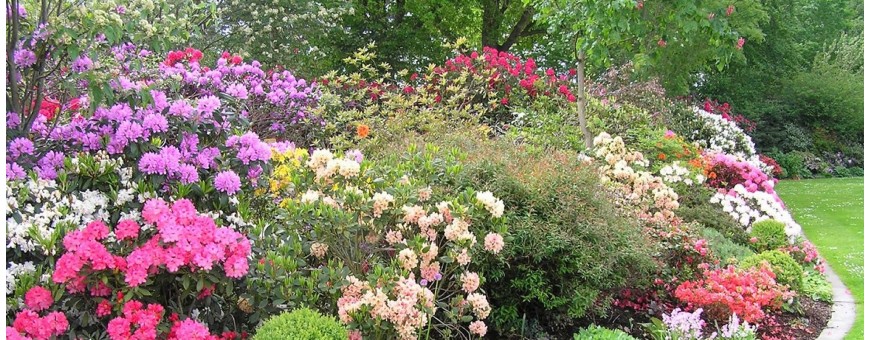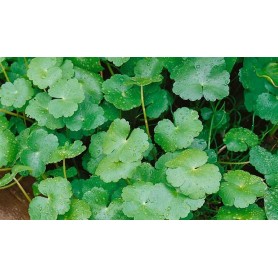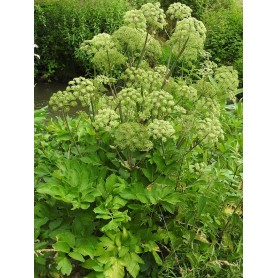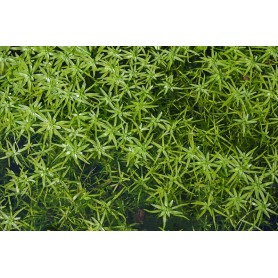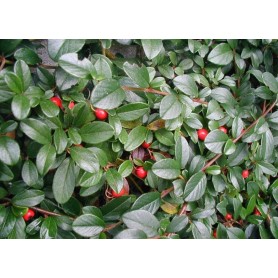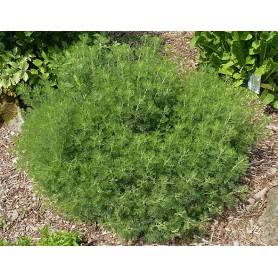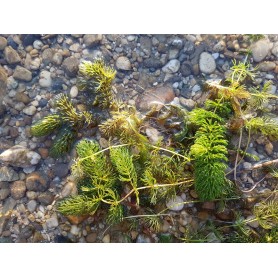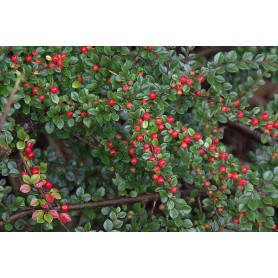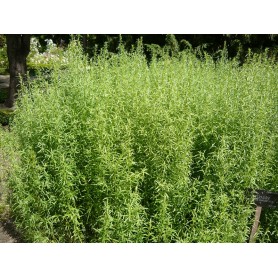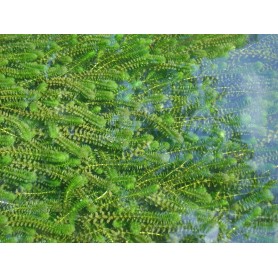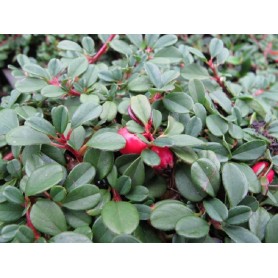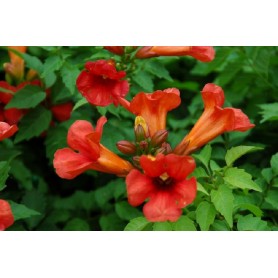Hydrocotyle novae-zelandiae
Hydrocotyle 'novae zelandiae', in Dutch, called pennywort, is a swamp plant with a creeping rhizome that grows (too) abundantly both in and out of the water. As a land form it is often used as a ground cover, in the water it forms mat, the shield-shaped leaves then float on the water surface. The inflorescence during the summer is rather inconspicuous with small greenish flowers on thin stems. Pennywort likes a position in partial shade or sun and does well in any moist to normally dry soil type. Hydrocotyle 'novae zelandiae' is reasonably hardy, tolerates drought, sea wind and air pollution and has little or no problems with pests and diseases. As a landform, pennywort can spread very quickly and occupy entire lawn beds.
€3.80


